FBLN5
-
Official Full Name
fibulin 5 -
Overview
The protein encoded by this gene is a secreted, extracellular matrix protein containing an Arg-Gly-Asp (RGD) motif and calcium-binding EGF-like domains. It promotes adhesion of endothelial cells through interaction of integrins and the RGD motif. It is prominently expressed in developing arteries but less so in adult vessels. However, its expression is reinduced in balloon-injured vessels and atherosclerotic lesions, notably in intimal vascular smooth muscle cells and endothelial cells. Therefore, the protein encoded by this gene may play a role in vascular development and remodeling. Defects in this gene are a cause of autosomal dominant cutis laxa, autosomal recessive cutis laxa type I (CL type I), and age-related macular degeneration type 3 (ARMD3). -
Synonyms
FBLN5;fibulin 5
Recombinant Proteins
- Human
- Zebrafish
- Rhesus macaque
- Rat
- Chicken
- Mouse
- CHO
- Mammalian Cell
- Wheat Germ
- E.coli
- HEK293
- HEK293T
- In Vitro Cell Free System
- Mammalian cells
- His
- GST
- His&T7
- Non
- His&Fc&Avi
- Myc&DDK
- HA
- Flag
Background
What is FBLN5 Protein?
FBLN5 is a protein that plays a role in maintaining elastic fibers in connective tissues. It's part of the fibulin family, known for influencing cell structure and stability. FBLN5 is crucial during development, especially in forming blood vessels and skin integrity. It's also linked to repairing damaged tissues and may have roles in disease processes like cancer, where it could act as a tumor suppressor. Understanding FBLN5 helps in studying conditions related to tissue elasticity and integrity, and exploring potential therapeutic roles in diseases such as cancer and fibrosis.What is the Function of FBLN5 Protein?
FBLN5 protein is key in forming and maintaining elastic fibers found in connective tissues. These fibers are crucial for the flexibility and strength of tissues like skin, lungs, and blood vessels. FBLN5 helps by facilitating the assembly of these fibers and ensuring they stay intact over time. It's not only important in development but also in repairing tissues after damage. In addition, FBLN5 interacts with cells to help regulate processes like cell movement and adhesion, making it significant in various biological functions, including potential roles in disease prevention and tissue repair.FBLN5 Related Signaling Pathway
FBLN5 is involved in pathways crucial for tissue strength and elasticity. It works with integrins to promote the assembly of elastic fibers in tissues like skin and blood vessels. These interactions help regulate cell sticking and movement, key for repairing wounds and maintaining tissue structure. Additionally, FBLN5 might play a role in limiting cancer spread by affecting how cells move and interact in the extracellular matrix. Its actions in these pathways support critical functions in tissue stability and overall cellular health.
Fig1. miR-138 promoted the expression of IL-1β by targeting FBLN5, and the up-regulation of IL-1β expression inhibited the expression of elastin and promoted POP progression. (Bing Zhao, 2021)
FBLN5 Related Diseases
FBLN5 is linked to conditions involving connective tissue issues, like cutis laxa, where skin becomes loose due to problems with elastic fibers. Mutations can impair its function, leading to weakened skin, blood vessels, and other tissues. It might also play a role in certain cancers, where its normal function of inhibiting excessive cell movement is disrupted. Through these links, changes in FBLN5 function can affect tissue integrity and contribute to the development of these diseases, making it a potential target for therapeutic research.Bioapplications of FBLN5
Fibulin-5, or FBLN5, is becoming a hot topic in biomedical studies because it plays a key role in keeping tissues like the skin, lungs, and blood vessels stretchy. Researchers are really interested in looking at how it might help treat diseases related to aging. For instance, when something goes wrong with FBLN5, it can lead to cutis laxa, where the skin starts to sag. Since FBLN5 is crucial for forming blood vessels, it could be a great target for developing treatments for vascular problems like atherosclerosis. What adds to the intrigue is its seemingly dual nature; while vital for normal tissue health, disruptions or mutations in its gene expression could foster cancerous growths. This makes FBLN5 a focal point not only in regenerative medicine but also in oncology, with the aim of creating innovative treatment approaches.Case Study
Case Study 1: Gao JB. et al. Eur Rev Med Pharmacol Sci. 2020
Osteoarthritis (OA) often affects seniors and impacts their life quality. This study examined Fibulin-5's protective role in joint cartilage cells. By comparing OA patient cartilage with healthy samples, researchers found Fibulin-5 levels were lower in OA. Boosting Fibulin-5 increased helpful ECM proteins like collagen II and aggrecan while reducing MMP-3, MMP-13, and inflammation markers such as IL-6, IL-8, and TNF-α. Fibulin-5 also decreased Wnt/β-catenin pathway activity, which, when re-activated, reduced Fibulin-5's benefits on the ECM.-
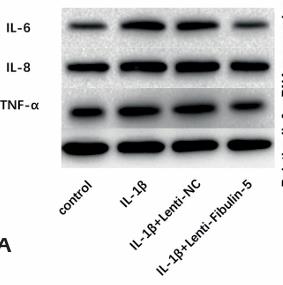 Fig1. Overexpression of Fibulin-5 reduces IL-1β-induced inflammation of chondrocytes.
Fig1. Overexpression of Fibulin-5 reduces IL-1β-induced inflammation of chondrocytes. -
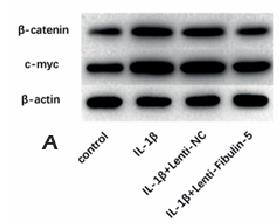 Fig2. Fibulin-5 decreases the activity of Wnt/β-catenin signaling pathway in chondrocytes.
Fig2. Fibulin-5 decreases the activity of Wnt/β-catenin signaling pathway in chondrocytes.
Case Study 2: Tang JC. et al. World J Gastroenterol. 2015
This study explored fibulin-5 (FBLN-5) as a suppressor in liver cancer spread using integrins. In 140 cancer samples, FBLN-5 was found to be lower and linked with worse metastasis and survival. Using recombinant FBLN-5, researchers tested its effects on cell attachment and movement. Overexpressing or silencing FBLN-5 in cells showed that it hinders cancer cell migration and invasion by interacting through an RGD motif and lowering MMP-7 levels. The results suggest that FBLN-5 could play a key role in preventing cancer spread.-
 Fig3. Western blot analysis of FBLN-5 protein expression levels in HCC lines and LO2 cell line.
Fig3. Western blot analysis of FBLN-5 protein expression levels in HCC lines and LO2 cell line. -
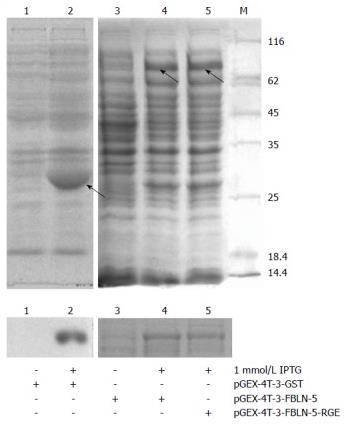 Fig4. SDS/PAGE analysis of glutathionesepharose affinity-purified GST, recombinant full-length FBLN-5, and FBLN-5-RGE under non-reducing conditions.
Fig4. SDS/PAGE analysis of glutathionesepharose affinity-purified GST, recombinant full-length FBLN-5, and FBLN-5-RGE under non-reducing conditions.
Quality Guarantee
High Purity
-
.jpg) Fig1. SDS-PAGE (FBLN5-7898H)
Fig1. SDS-PAGE (FBLN5-7898H) -
.jpg) Fig2. SDS-PAGE (FBLN5-3876H)
Fig2. SDS-PAGE (FBLN5-3876H)
Involved Pathway
FBLN5 involved in several pathways and played different roles in them. We selected most pathways FBLN5 participated on our site, such as , which may be useful for your reference. Also, other proteins which involved in the same pathway with FBLN5 were listed below. Creative BioMart supplied nearly all the proteins listed, you can search them on our site.
| Pathway Name | Pathway Related Protein |
|---|
-
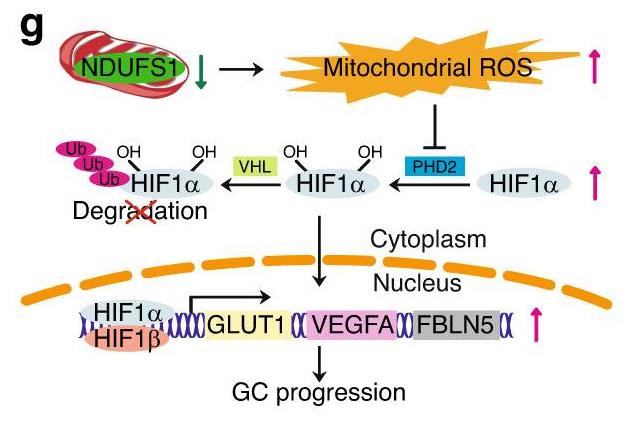 Fig1. A schematic model of NDUFS1’s function during GC progression. (Tao Chen, 2023)
Fig1. A schematic model of NDUFS1’s function during GC progression. (Tao Chen, 2023) -
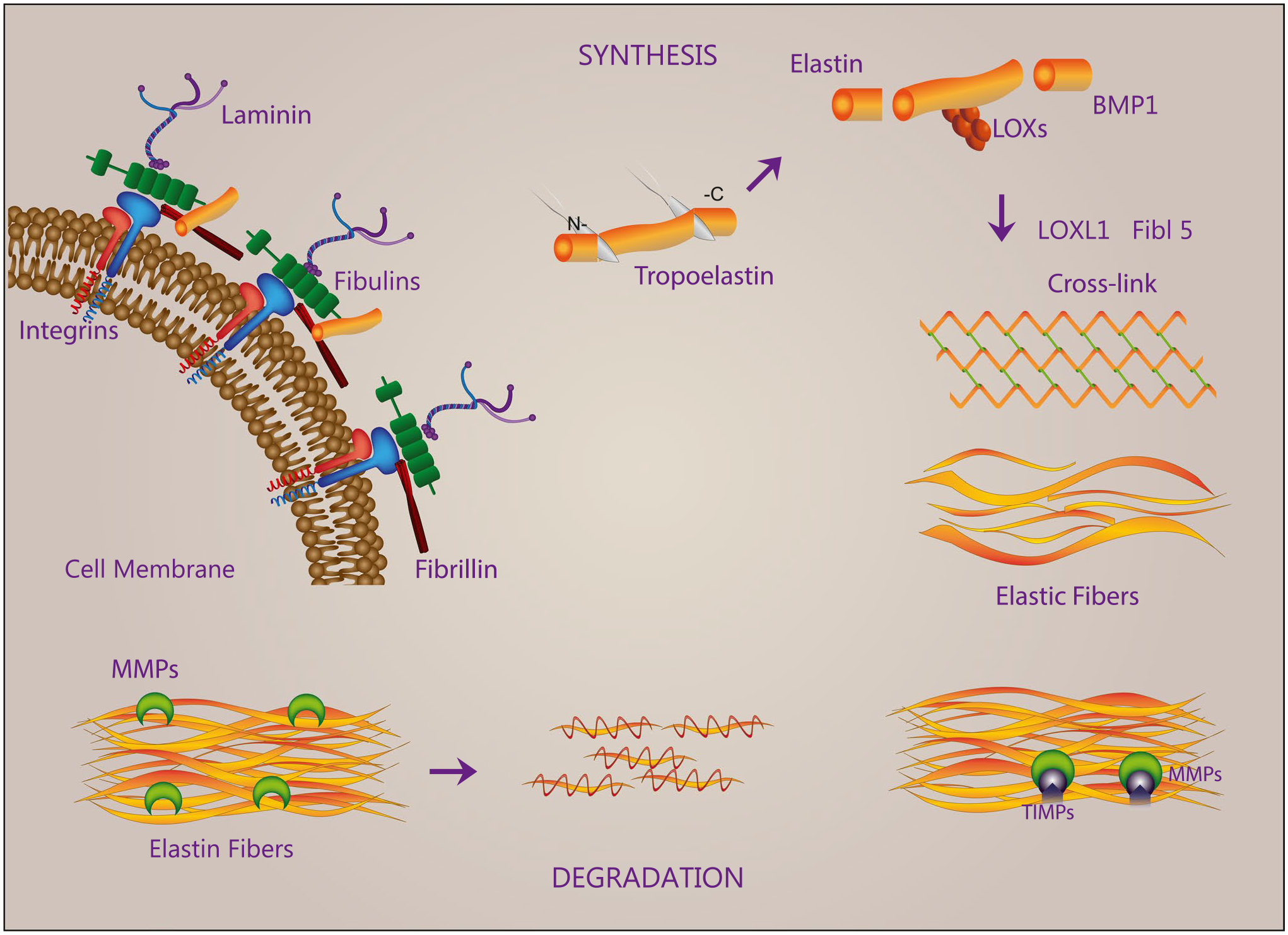 Fig2. Schematic representation of elastic matrix biogenesis and remodeling pathways. (Kristina Allen-Brady, 2022)
Fig2. Schematic representation of elastic matrix biogenesis and remodeling pathways. (Kristina Allen-Brady, 2022)
Protein Function
FBLN5 has several biochemical functions, for example, . Some of the functions are cooperated with other proteins, some of the functions could acted by FBLN5 itself. We selected most functions FBLN5 had, and list some proteins which have the same functions with FBLN5. You can find most of the proteins on our site.
| Function | Related Protein |
|---|
Interacting Protein
FBLN5 has direct interactions with proteins and molecules. Those interactions were detected by several methods such as yeast two hybrid, co-IP, pull-down and so on. We selected proteins and molecules interacted with FBLN5 here. Most of them are supplied by our site. Hope this information will be useful for your research of FBLN5.
Resources
Related Services
Related Products
References


